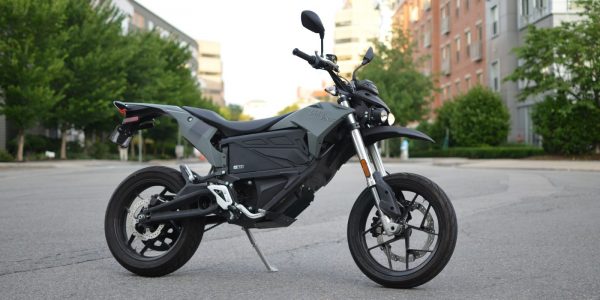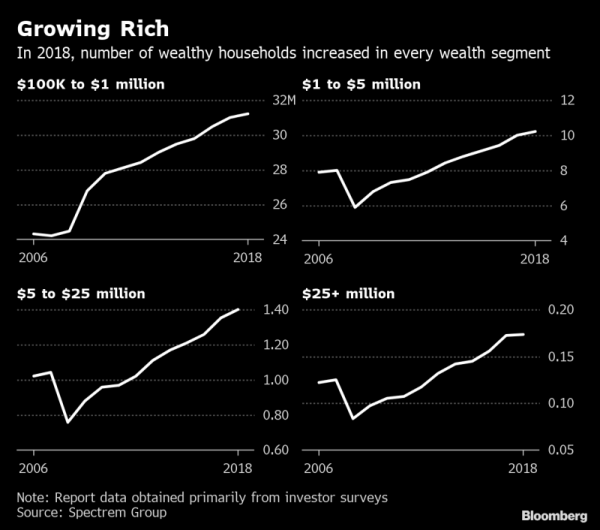Why shortages of a $1 chip sparked crisis in the global economy
by Bloomberg from https://auto.economictimes.indiatimes.com The chip crunch was born out of an understandable miscalculation as the coronavirus pandemic hit last year. When Covid-19 began spreading from China to the rest of the world, many companies anticipated people would cut back as times got tough. To understand why the $450 billion semiconductor industry has lurched into crisis, a helpful place to start is a one-dollar part called a display driver. Hundreds of different kinds of chips make up the global silicon industry, with the flashiest ones from Qualcomm Inc. and Intel Corp. going for $100 apiece to more than $1,000. Those run powerful computers or the shiny smartphone in your pocket. A display driver is mundane by contrast: Its sole purpose is to convey basic instructions for illuminating the screen on your phone, monitor or navigation system. The trouble for the chip industry — and increasingly companies beyond tech, like automakers — is that there aren’t enough display drivers to go around. Firms that make them can’t keep up with surging demand so prices are spiking. That’s contributing to short supplies and increasing costs for liquid crystal display panels, essential components for making televisions and laptops, as well as cars, airplanes and high-end refrigerators. “It’s not like you can just make do. If you have everything else, but you don’t have a display driver, then you can’t build your product,” says Stacy Rasgon, who covers the semiconductor industry for Sanford C. Bernstein. Now the crunch in a handful of such seemingly insignificant parts — power management chips are also in short supply, for example — is cascading through the global economy. Automakers like Ford Motor Co., Nissan Motor Co. and Volkswagen AG have already scaled back production, leading to estimates for more than $60 billion in lost revenue for the industry […]
Why shortages of a $1 chip sparked crisis in the global economy Read More »





